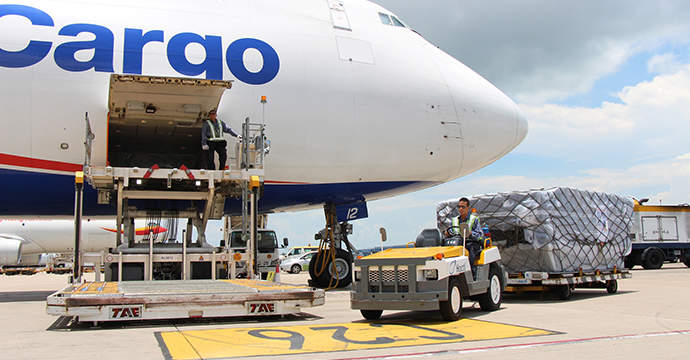Many people employed by airline operators and freight forwarders engaged with handling and transportation of small amounts of cargo mistakenly believe they are exempt from rules concerning the transportation of dangerous goods. Regardless of the size, amount and type of commodity handled all employers are subject to the internationally recognized rules established by Technical Instructions for Transport of Dangerous Goods by Air published by ICAO and mirrored by Dangerous Goods Regulations of IATA. Even employees of operator non carry Dangerous Goods needs to be aware and trained according their tasks and requirements of national legislation.
Who is ICAO?
The International Civil Aviation Organization (ICAO) was established in 1944 with the responsibility to provide the administration and oversight (governance) of the Convention on International Civil Aviation (Chicago Convention). ICAO is a specialized agency of the United Nations whose mission is to set the standards for aviation safety, security, efficiency and regularity, as well as for aviation environmental protection.
ICAO works with the Convention’s 191 Member States and industry groups to reach consensus on international civil aviation Standards and Recommended Practices (SARPs) and policies in support of a safe, efficient, secure, economically sustainable and environmentally responsible civil aviation sector.
What are ICAO Technical Instructions?
Comprehensive specifications for safely transporting dangerous goods by air, worldwide.
The ICAO Technical Instructions, its Supplement, and Emergency Response Guidance. The International Civil Aviation Organization (ICAO) updates its Technical Instructions for the Safe Transport of Dangerous Goods every two years. Note that changes in all areas of dangerous goods are very dynamic and International Air Transport Association (IATA) issues its DGR every year covering all changes and updated information.
DG regulations also includes many important safety requirements regarding Hazardous Material (Hazmats) transported by air from cargo in the hold of the airplane to the cell phones carried by passengers playing important role in training management of each company involved in transport of goods by air. Moreover not only employees need to have appropriate initial training, but recurrent training for all staff need to be done every 24 months to ensure knowledge is recent.
Often the question is what training needs to be done because variety of obligations carried by different employees. Fortunately the regulator have the answer. Both ICAO Technical Instructions (TI) and IATA DGR contained special tables with Minimum Requirements for Training Curricula. In IATA DGR are established 17 different categories of employees and what topics from DGR need to be covered for each profession.
Sofema Aviation Services www.sassofia.com in Partnership with European Cargo And Aviation Services LTD, an approved Training center by Bulgarian CAA delivers all categories of Dangerous Goods training. Prepared in full accordance with training recommendations of IATA and based at the latest edition of IATA DGR SAS offering classroom training for all categories from 1 to 17. As well we have specially designed courses for postal operators. For more information you can visit https://sassofia.com/course_category/cargo-operations-and-dangerous-goods/ or email team@sassofia.com




